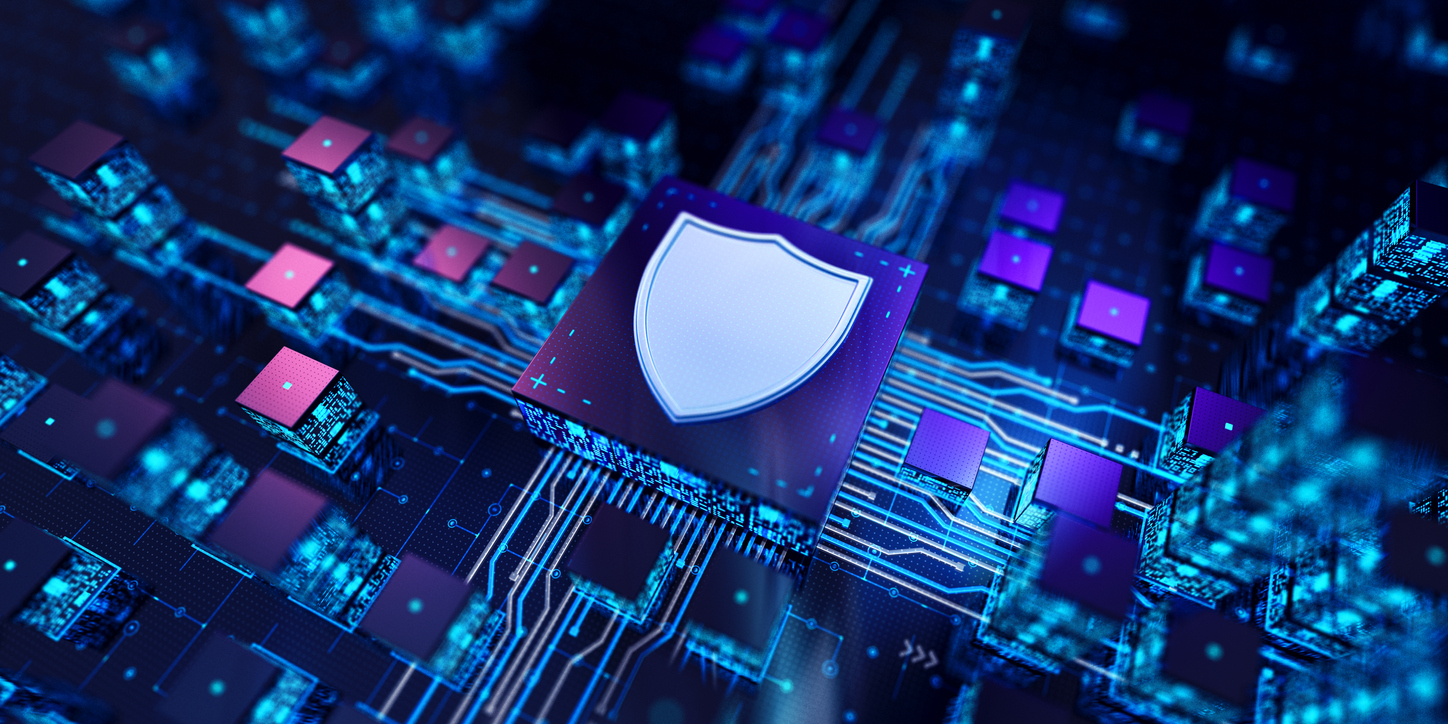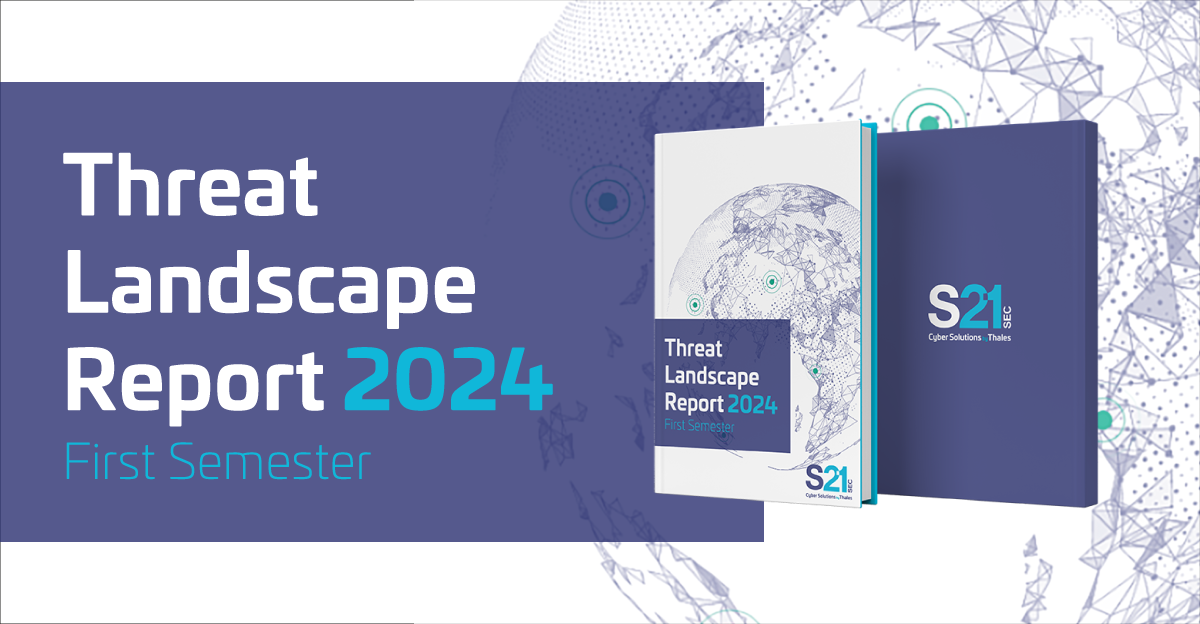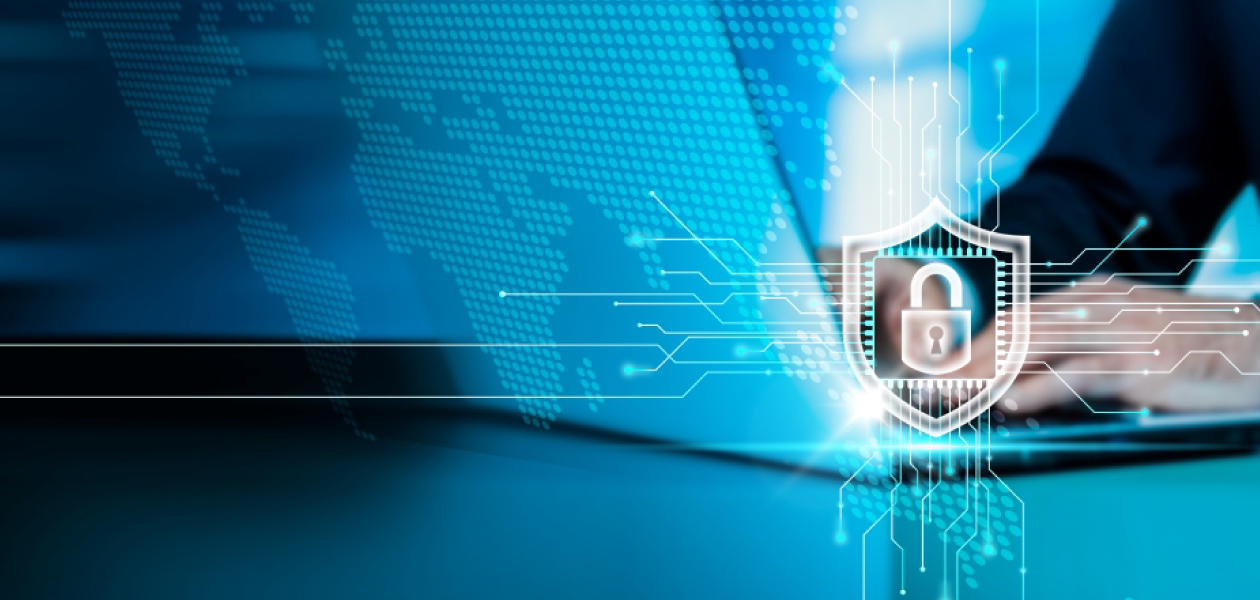Quick links:
Prepare for Cyber Threats in 2025: Key Insights from Our Report
As we approach 2025, the cybersecurity landscape is undergoing a radical transformation. With the rise of new technologies like artificial intelligence (AI), the Internet of Things (IoT), and the growing complexity of cyberattacks, organizations are facing increasingly sophisticated threats. In this rapidly evolving environment, it is crucial to adopt proactive measures to ensure resilience against emerging threats. To help you navigate these challenges, Thales has created a comprehensive white paper, offering valuable insights and strategies to stay ahead of the curve.
Key Insights from Our Report
In our white paper, we provide a detailed examination of the most pressing cyber threats and the strategies organizations can implement to stay protected. Below are some of the key areas we address:
A New Era of Cyber Threats
The cybercriminals of 2025 are not only more skilled but also more creative, utilizing cutting-edge tools to compromise data, disrupt infrastructures, and extort businesses. AI-driven attacks, supply chain vulnerabilities, and IoT security issues are just some of the key concerns on the horizon.
Artificial intelligence, for example, is both a weapon and a defense mechanism. While attackers are using AI to enhance the effectiveness of their attacks, organizations can leverage AI to detect and mitigate threats more efficiently.
The Supply Chain Challenge
One of the major challenges organizations will face is securing the supply chain. With an increasing reliance on third-party vendors, the security of external partners is becoming a critical focal point for cyber threats.
Understanding and addressing these risks, implementing robust vendor security practices, and adopting a Zero Trust model for partners will be crucial in preventing breaches via weak links in the supply chain.
Navigating the IoT Security Maze
As the IoT ecosystem expands, the security risks associated with these interconnected devices grow exponentially. Many IoT devices are often underprotected, providing cybercriminals with easy entry points into networks.
Adopting a multi-layered security approach, segmenting networks, and ensuring regular device updates will be vital in defending against IoT-based attacks.
Leveraging AI for Proactive Defense
AI will play a pivotal role in the future of cybersecurity, not only for attackers but also for defenders. By utilizing machine learning and behavioral analysis, organizations can detect abnormal patterns early and respond to potential threats in real-time, significantly improving their defense capabilities.
The Multi-Layered Cybersecurity Strategy
To stay ahead of these evolving threats, organizations must adopt a multi-layered cybersecurity approach, integrating AI, continuous monitoring, advanced detection and response services, and a holistic security strategy that encompasses every layer of the business.
Collaboration is Key
In the face of increasingly sophisticated threats, collaboration among organizations, suppliers, and public authorities is critical. A unified, proactive approach to threat intelligence sharing and defense will be the cornerstone of successful cybersecurity strategies in 2025.
Stay ahead of the curve: Secure your digital future with Thales
Our white paper dives deeper into these emerging cybersecurity threats and offers actionable insights on how organizations can strengthen their defenses. It explores the critical importance of AI, supply chain security, IoT protection, and a multi-layered approach to cybersecurity.
Download our white paper now to discover how Thales is shaping the future of cybersecurity and how you can stay one step ahead of evolving cyber threats.



